Copenhagen’s Designmuseum Danmark reopens after two-year renovation
Kaare Klint's Designmuseum Danmark in Copenhagen reopens on 19 June 2022, after a renovation project in collaboration with local practice OEO Studio
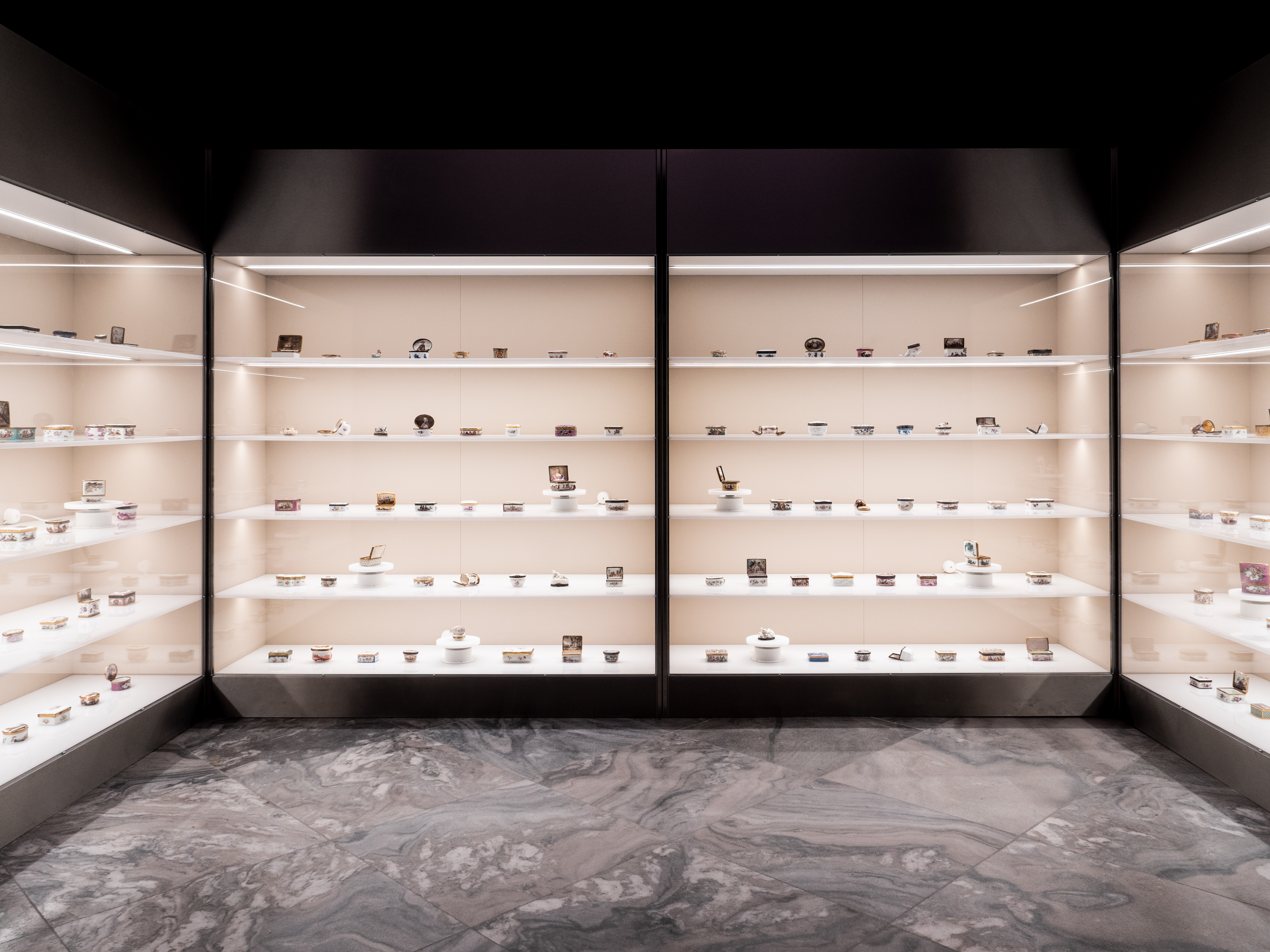
Redesigning a design museum carries with it the weight of legacy and contemporary expectations. For Designmuseum Danmark this was especially apposite as the museum, its furniture and entire inventory were designed by the grandfather of Danish modern Kaare Klint in the 1920s. The architect and professor remade an 18th-century rococo hospital drawn by the king’s royal architects as a showcase for quality design and the new home of a museum established in 1890. The strength of Klint’s architectural scheme was the way he created exhibition spaces while retaining the flow of rooms in the single-storey complex, all of which wrap around a central courtyard. Floors of Norwegian Gjellebæk stone tiles and walls rendered with a grey mortar mix meant the space offered a timeless and restrained backdrop. The materiality, clean pure lines with classic references and craftsmanship ensured Klint’s design has endured for almost a century.
Designmuseum Danmark: building on the legacy of a master
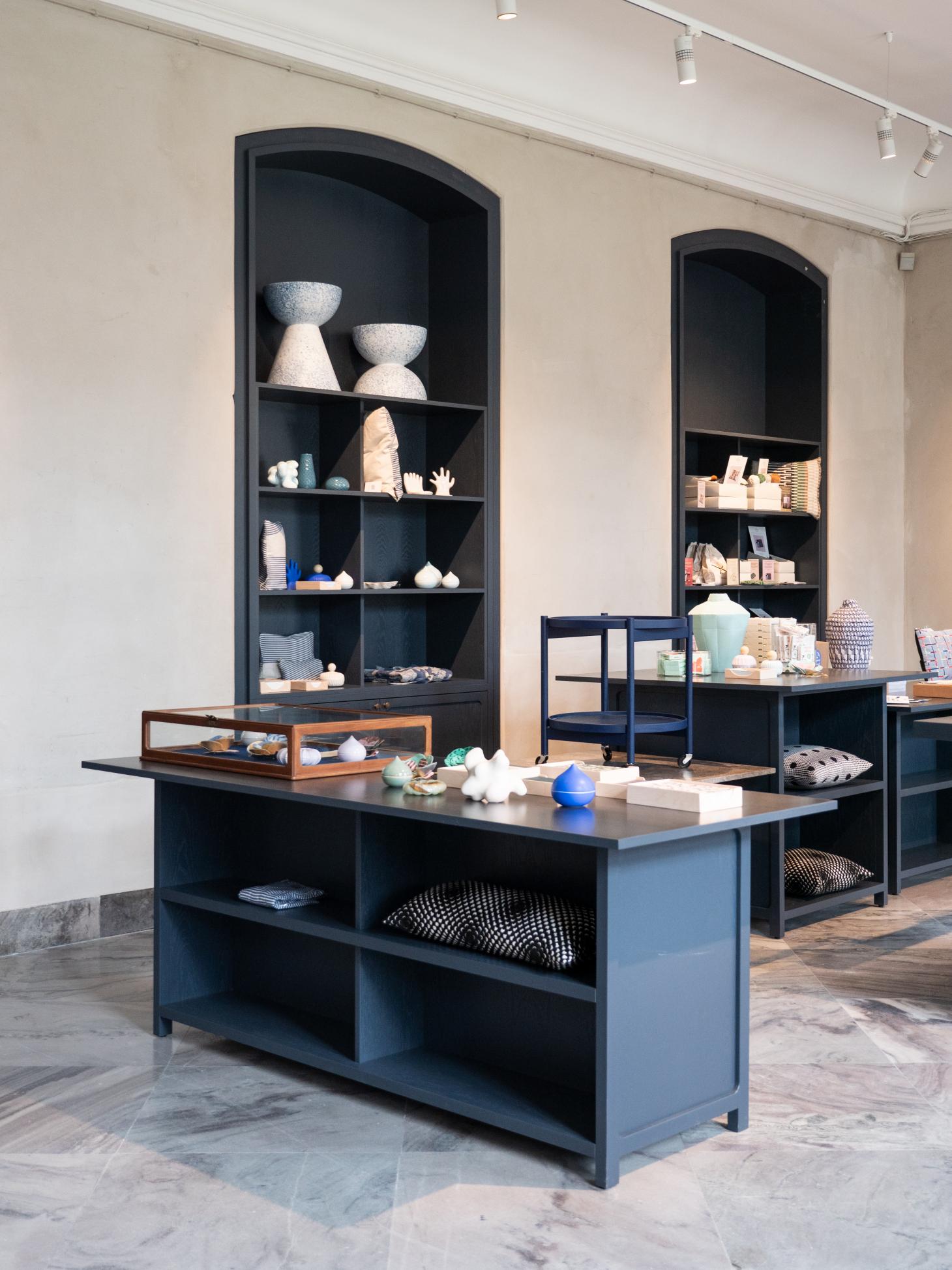
Museum shop by OEO Studio
When it came to the most comprehensive renewal since the museum opened in 1926, the starting point was Klint’s principles. ‘How do you build on the legacy of a master?’ says OEO Studio’s head of design and founding partner Thomas Lykke of the Copenhagen studio’s remake of the shop and the café. ‘We embraced this idea as a design driver for this project,’ honouring Klint’s work while also creating new, exciting and highly functional public spaces that retain a real sense of place, he says.
The shop, relocated to the entrance, is a deft combination of classic elements such as glass cabinets designed by Klint and new custom-designed, blue-grey-stained built-in cabinets with details that echo the vintage pieces. In the café, OEO reintroduced the Le Klint ‘101’ pendant lamp in paper designed by Klint and created a new ceiling fitting in brass and folded paper as an homage to the master inspired by the architecture of the building.
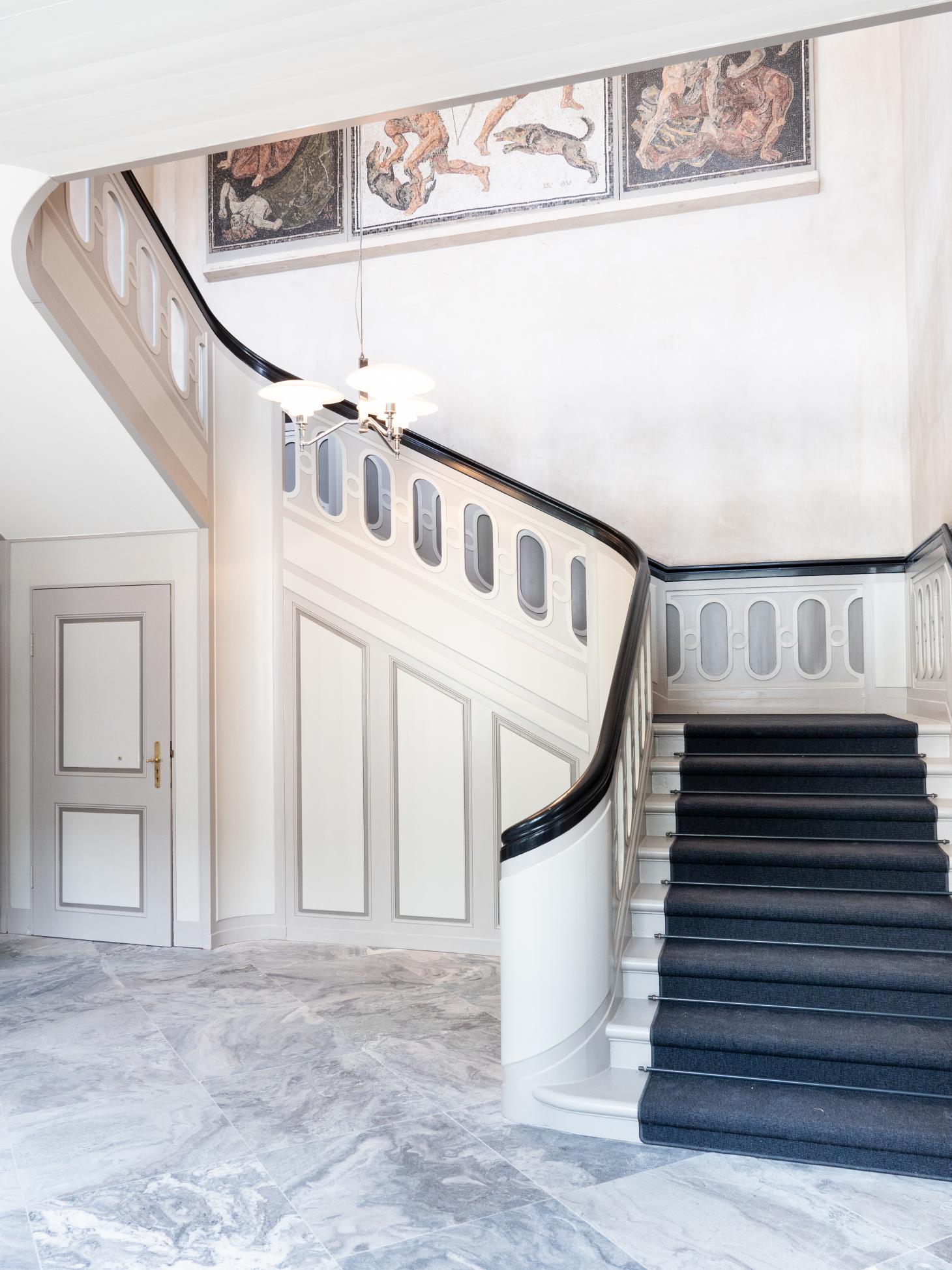
Museum director Anne-Louise Sommer says the two years spent undertaking the renovation were used to rethink the entire museum-going experience. As with the architectural revamp, it prizes the heritage but also articulates contemporary values and ideas.
The museum opens on Sunday 19 June 2022 with eight exhibitions covering the spectrum and designed by notable local practices. ‘The Future is Present’, focusing on how design solutions respond to today’s challenges, such as climate and identity, was created by Danish architecture studio Spacon & X. Inspired by the idea of a Wunderkammer, ‘Wonder’ displays the museum’s oldest, rarest and most eclectic collections. A highlight is a room dedicated to tsubas, exquisitely decorated disc-like guards between the blade and the handle on a samurai sword, of which the museum has one of the world’s finest collections.
Amassed by Dr Hugo Halberstadt, the collection was originally housed in a cabinet made by Arts and Crafts designer Johan Rohde in lemon wood and ebony. In the 1950s it was transferred to a larger drawer cabinet by Klint. This cabinet is installed in the room along with a new piece created by Copenhagen-based Mentze Ottenstein to house a second, never exhibited collection. Drawing on the materials of the Rohde cabinet and the detailing of Klint’s, Mathias Mentze and Alexander Ottenstein used ebony paired with walnut, making a table vitrine so the full collection can be seen from all angles.
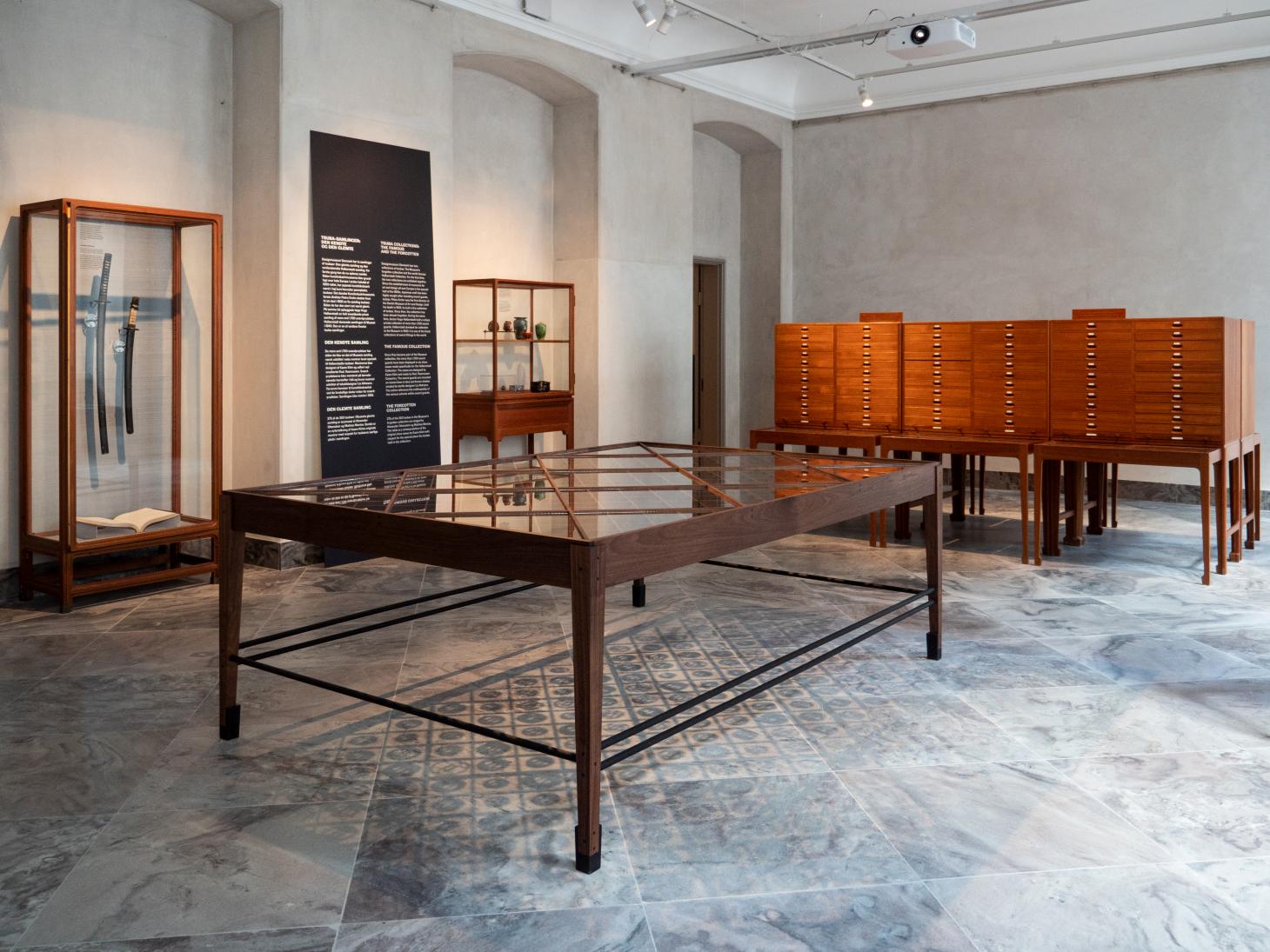
‘Wonder’
‘We are interested in the way objects migrate and become part of collections, until they end up somewhere else,’ says Mentze. ‘The ideas they hold too, as these objects have travelled from Japan to Europe, bought in places like Parisian antique dealers’, and brought back to Copenhagen where this particular collection has inspired generations of designers and artists.’
Wallpaper* Newsletter
Receive our daily digest of inspiration, escapism and design stories from around the world direct to your inbox.
It’s an apt analogy for the entire museum. A place, says Sommers, where design, more than ever, can create connections between historic achievements and contemporary global and national challenges. ‘Design is a prism through which we can understand human need, human dreams, and human behaviour in various eras.’
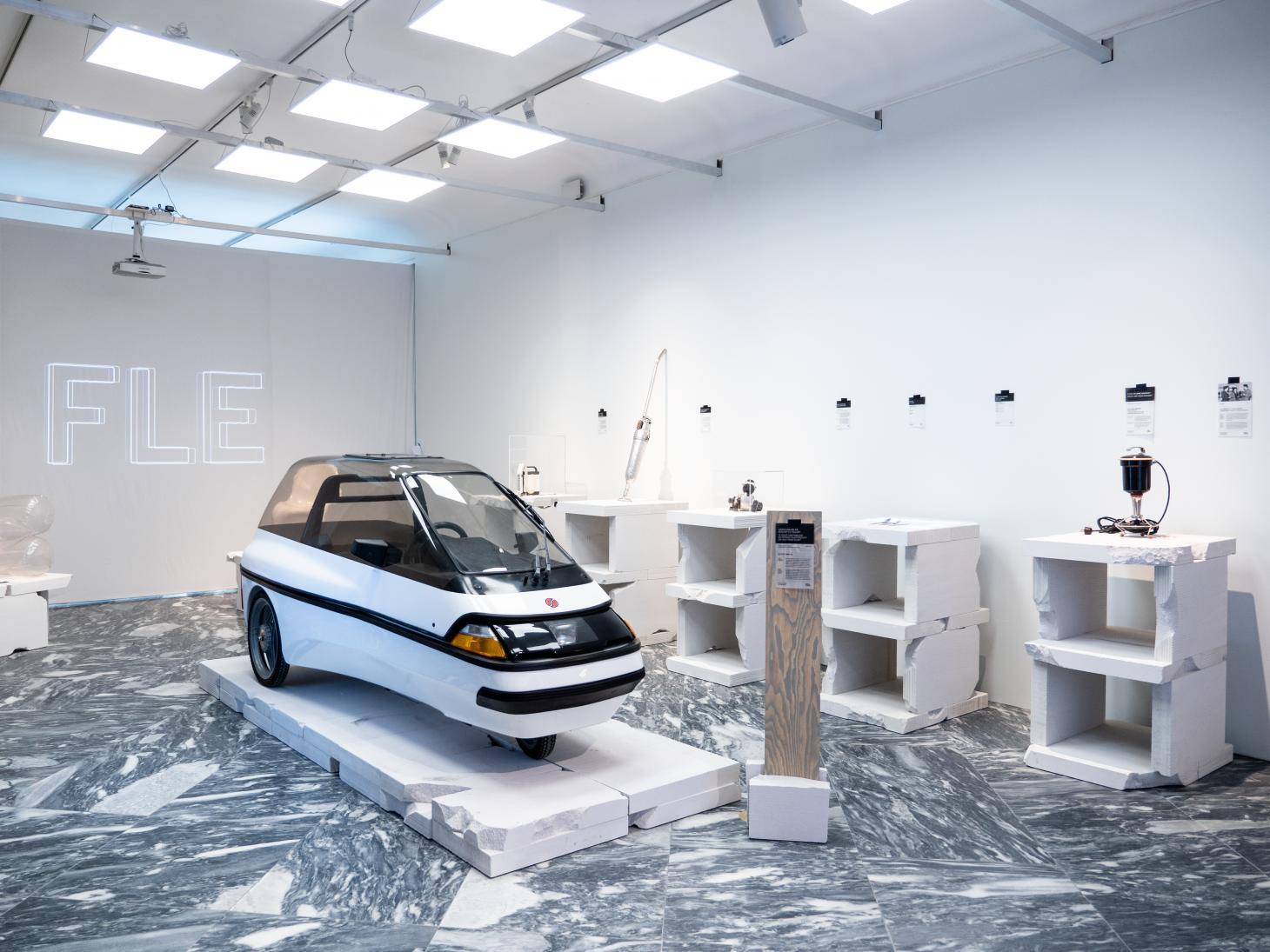
‘The Future Present’
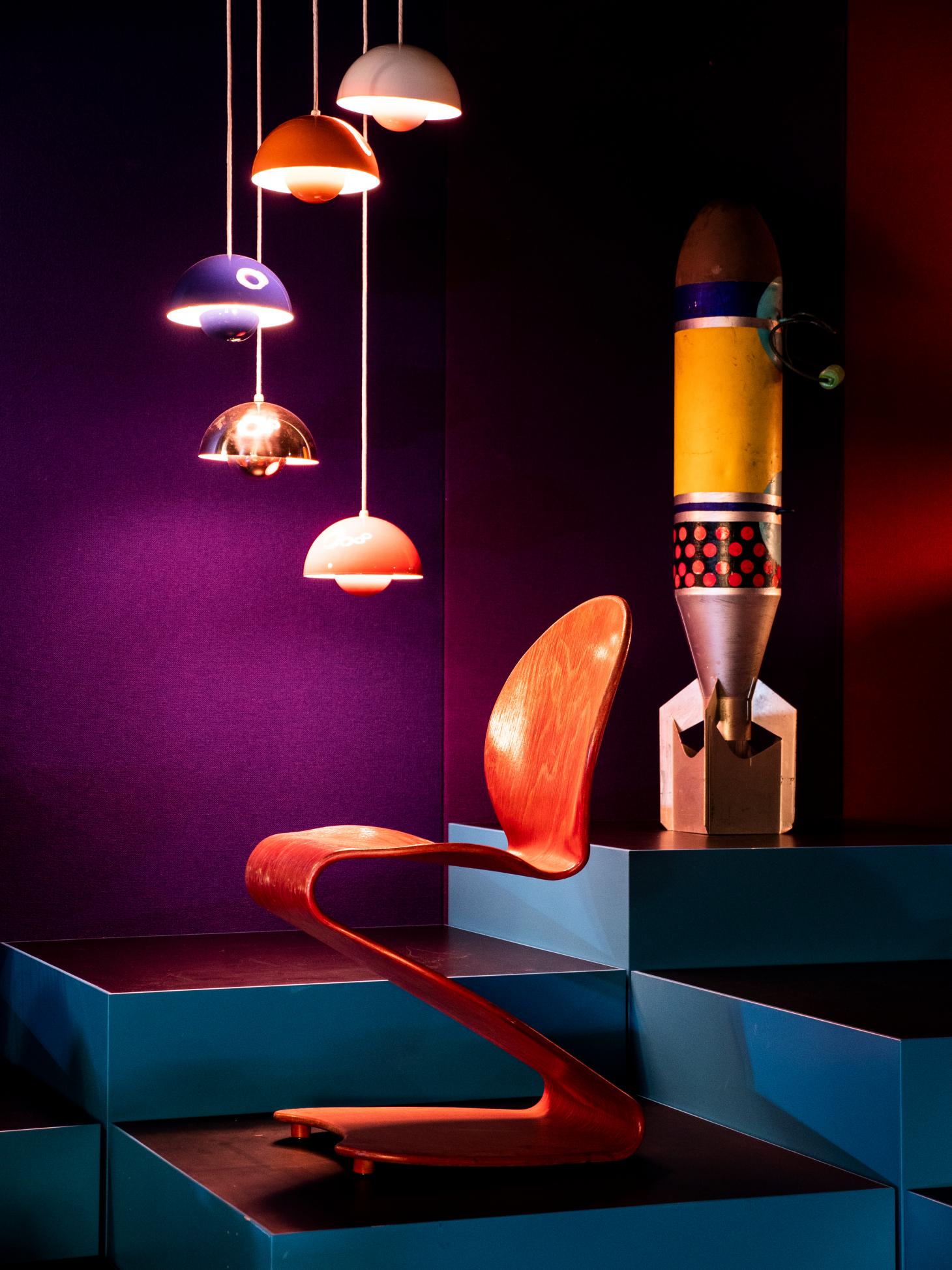
‘The Magic of Form’
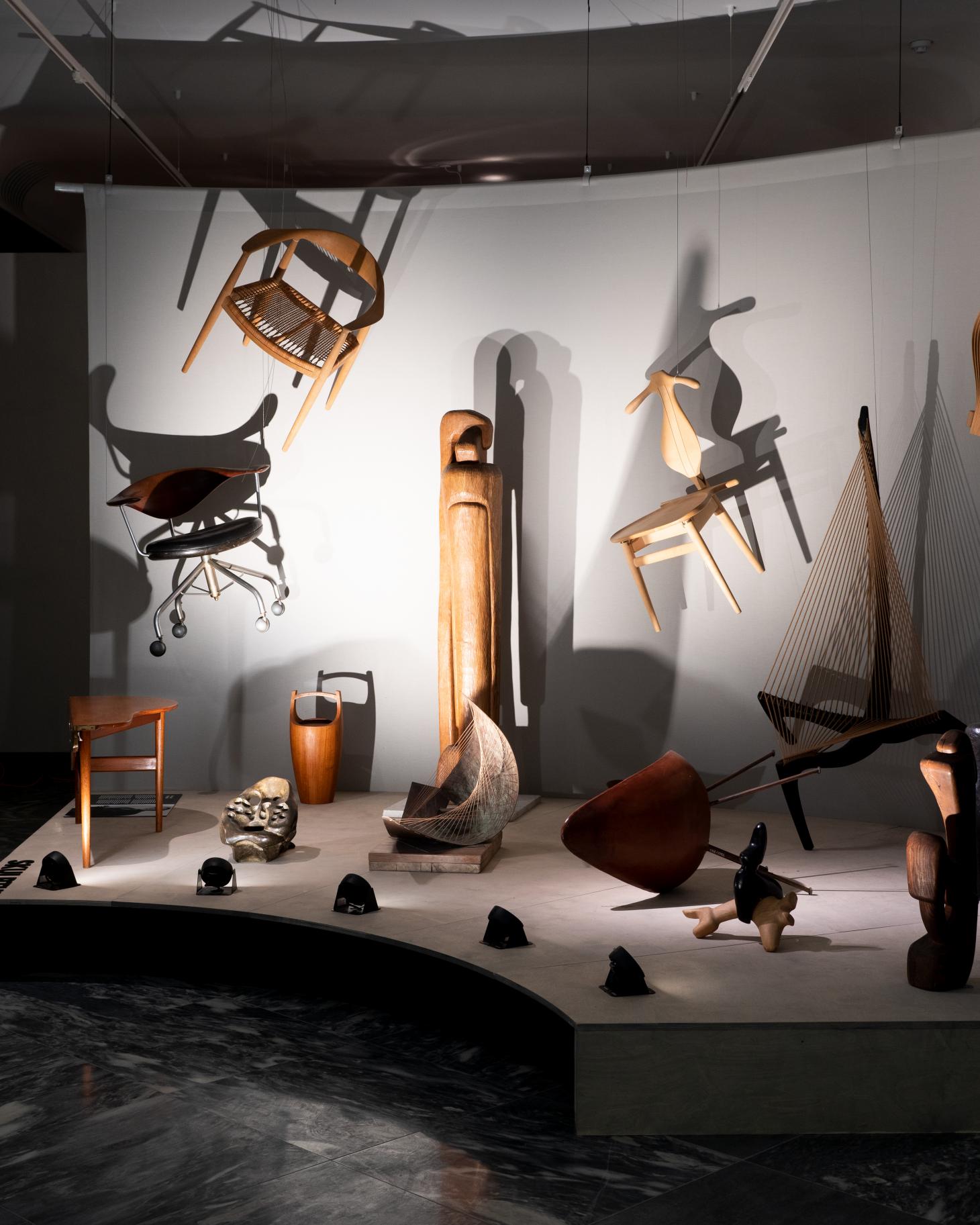
‘The Magic of Form’
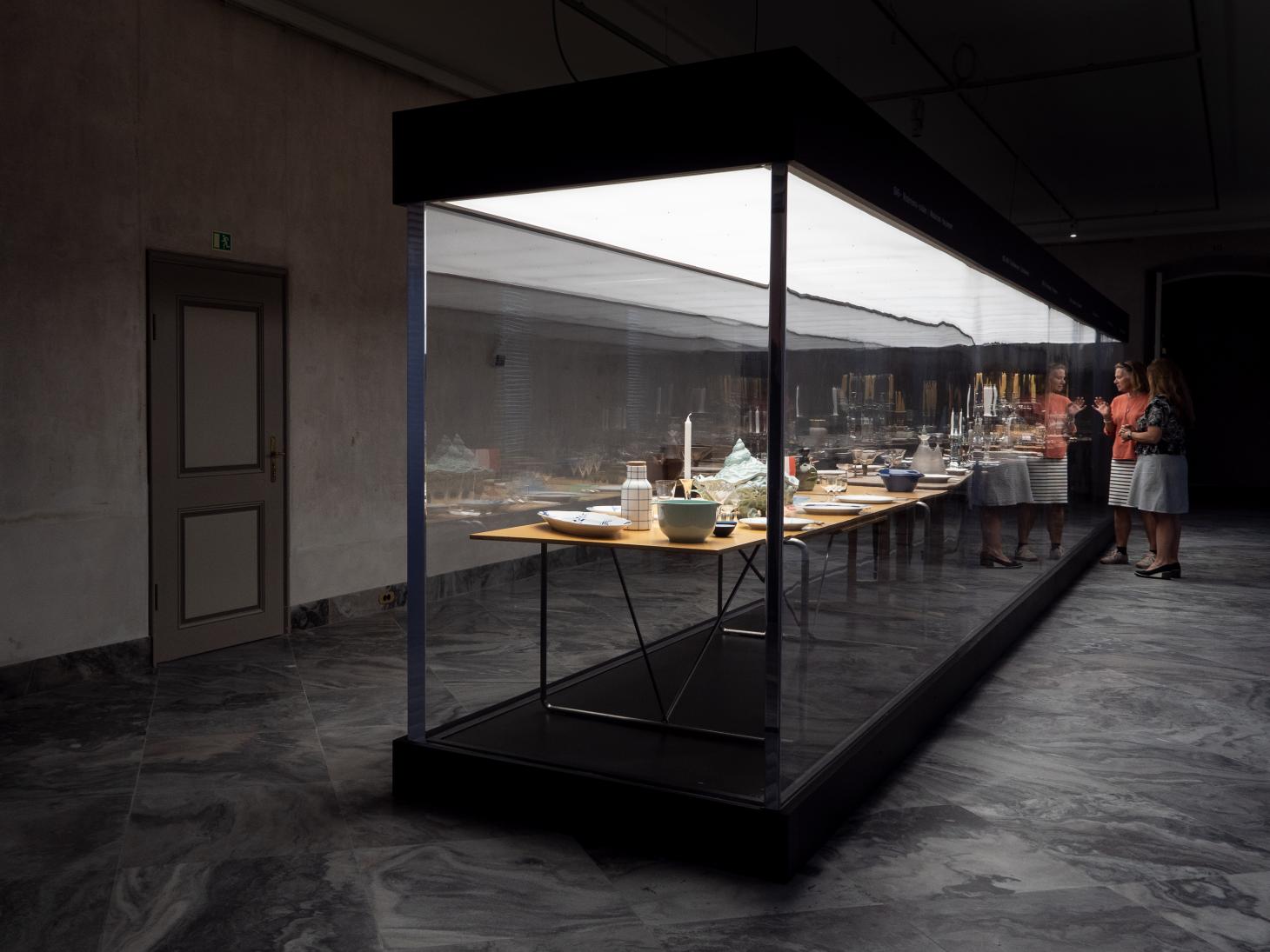
‘TABLE-BE-SET!‘
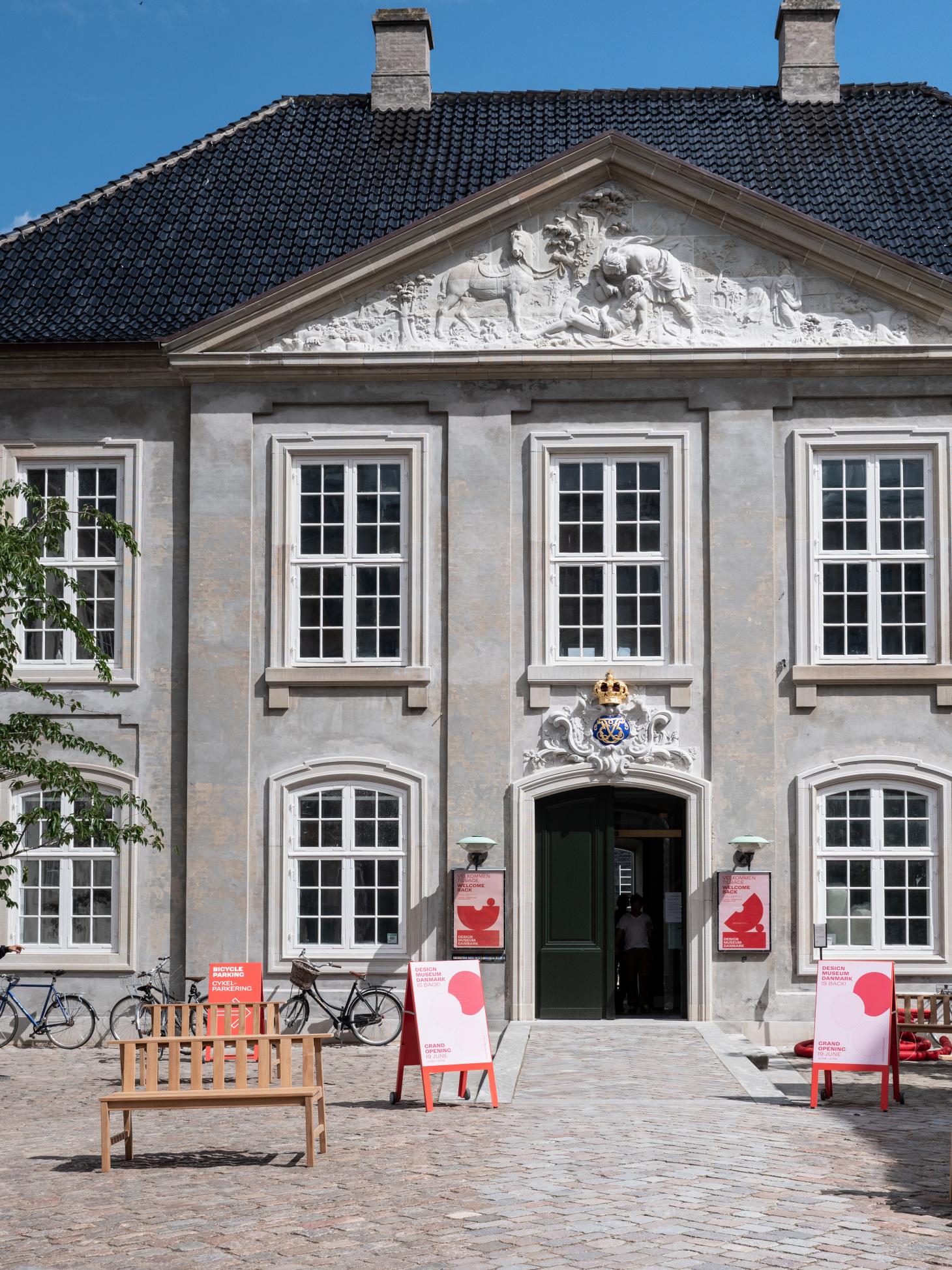
INFORMATION
ADDRESS
Bredgade 68
1260 København
Denmark
Jeni Porter is the founding Editor and now Editor-at-Large of Ark Journal, a Copenhagen-based architecture, art and design magazine. Originally from Sydney, Jeni also writes for a range of international publications and does commissioned editorial-based projects for leading Danish brands.
-
 Put these emerging artists on your radar
Put these emerging artists on your radarThis crop of six new talents is poised to shake up the art world. Get to know them now
By Tianna Williams
-
 Dining at Pyrá feels like a Mediterranean kiss on both cheeks
Dining at Pyrá feels like a Mediterranean kiss on both cheeksDesigned by House of Dré, this Lonsdale Road addition dishes up an enticing fusion of Greek and Spanish cooking
By Sofia de la Cruz
-
 Creased, crumpled: S/S 2025 menswear is about clothes that have ‘lived a life’
Creased, crumpled: S/S 2025 menswear is about clothes that have ‘lived a life’The S/S 2025 menswear collections see designers embrace the creased and the crumpled, conjuring a mood of laidback languor that ran through the season – captured here by photographer Steve Harnacke and stylist Nicola Neri for Wallpaper*
By Jack Moss
-
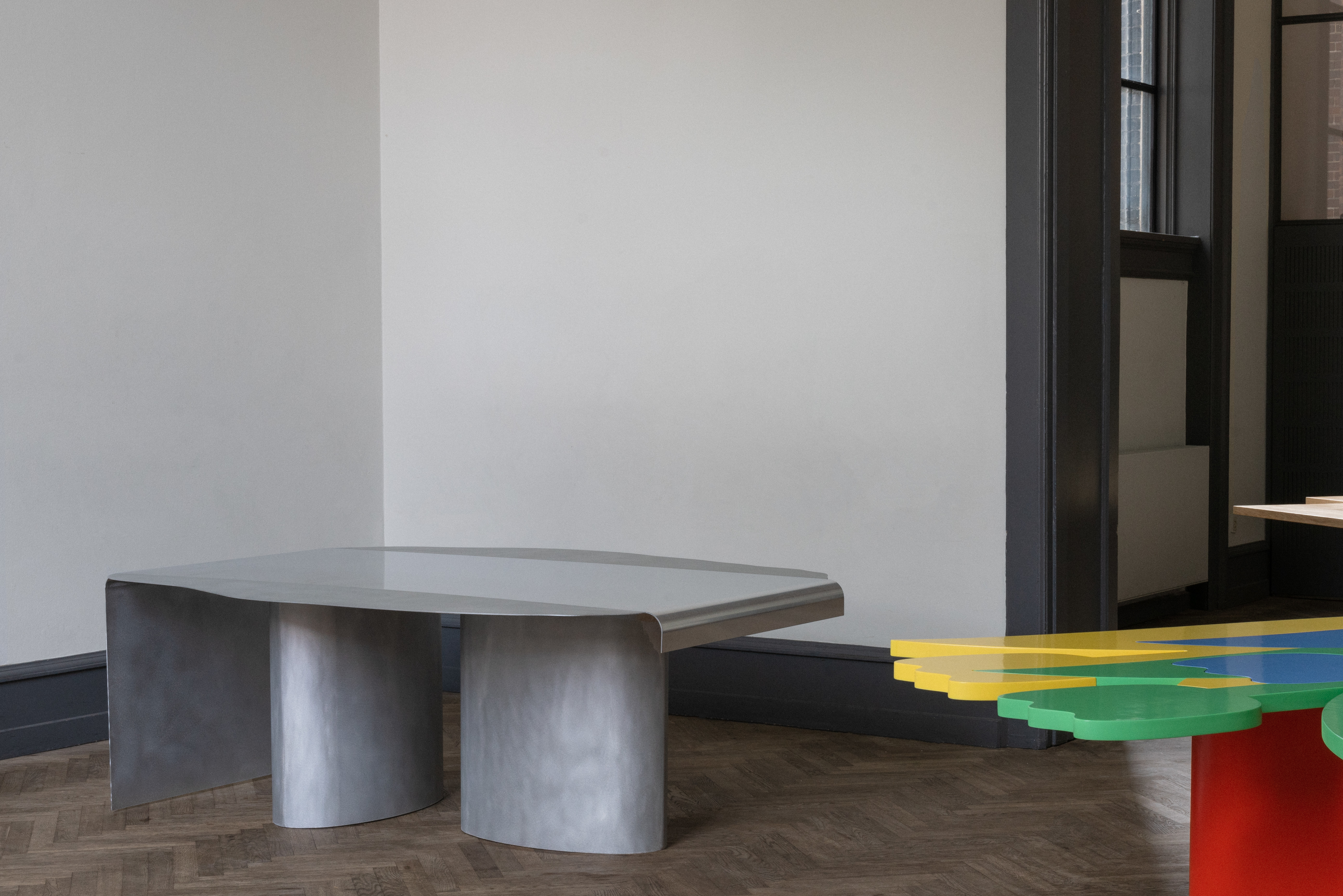 Five unique tables up for auction by &Tradition and Bruun Rasmussen
Five unique tables up for auction by &Tradition and Bruun Rasmussen&Tradition and Bruun Rasmussen present Studies of a Table, featuring designers from five countries exploring design approaches to the table
By Jeni Porter
-
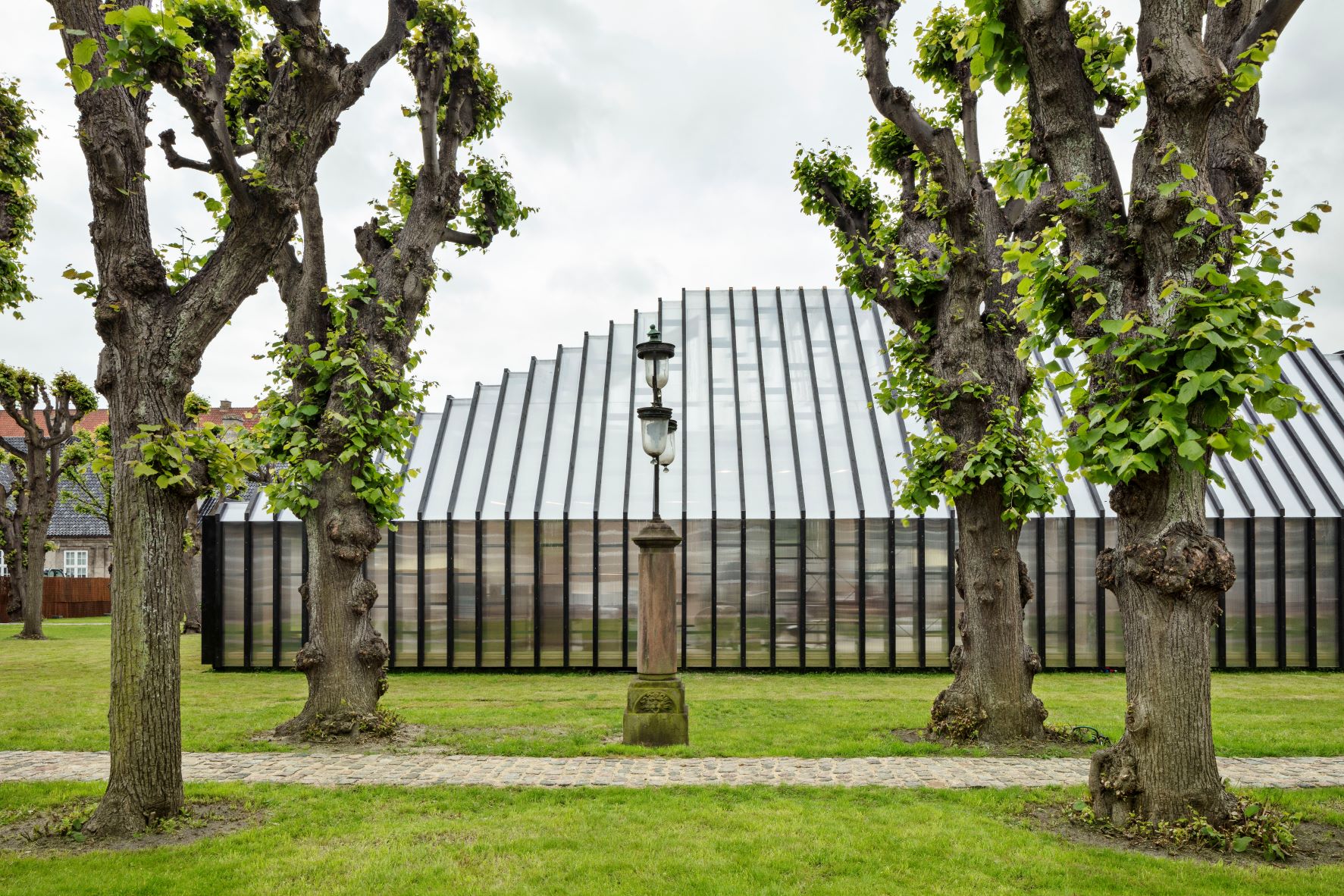 Fritz Hansen celebrates 150 years with pavilion by Henning Larsen
Fritz Hansen celebrates 150 years with pavilion by Henning LarsenWe take a look at Henning Larsen’s design for the Fritz Hansen pavilion, unveiled in Copenhagen during 3 Days of Design (15 – 17 June 2022)
By Simon Mills
-
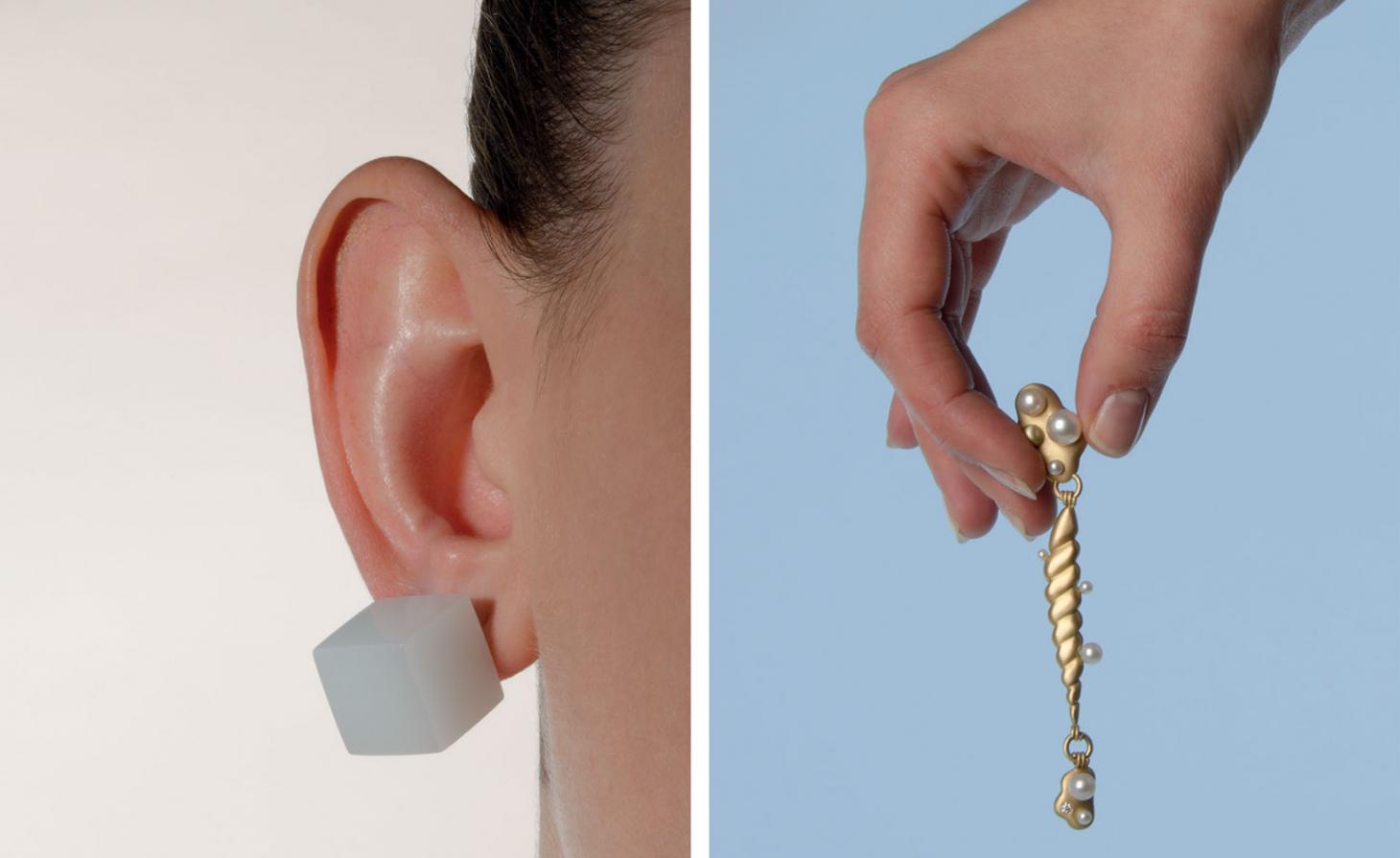 Etage Projects offers a counterpoint to fashion’s ephemerality with wearable art
Etage Projects offers a counterpoint to fashion’s ephemerality with wearable artFor Copenhagen Fashion Week, design gallery Etage Projects invites 22 artists and collectives to create ‘long-lived aesthetic commodities’ AS FEATURED IN THE WALLPAPER* DESIGN AWARDS 2020 ISSUE
By TF Chan
-
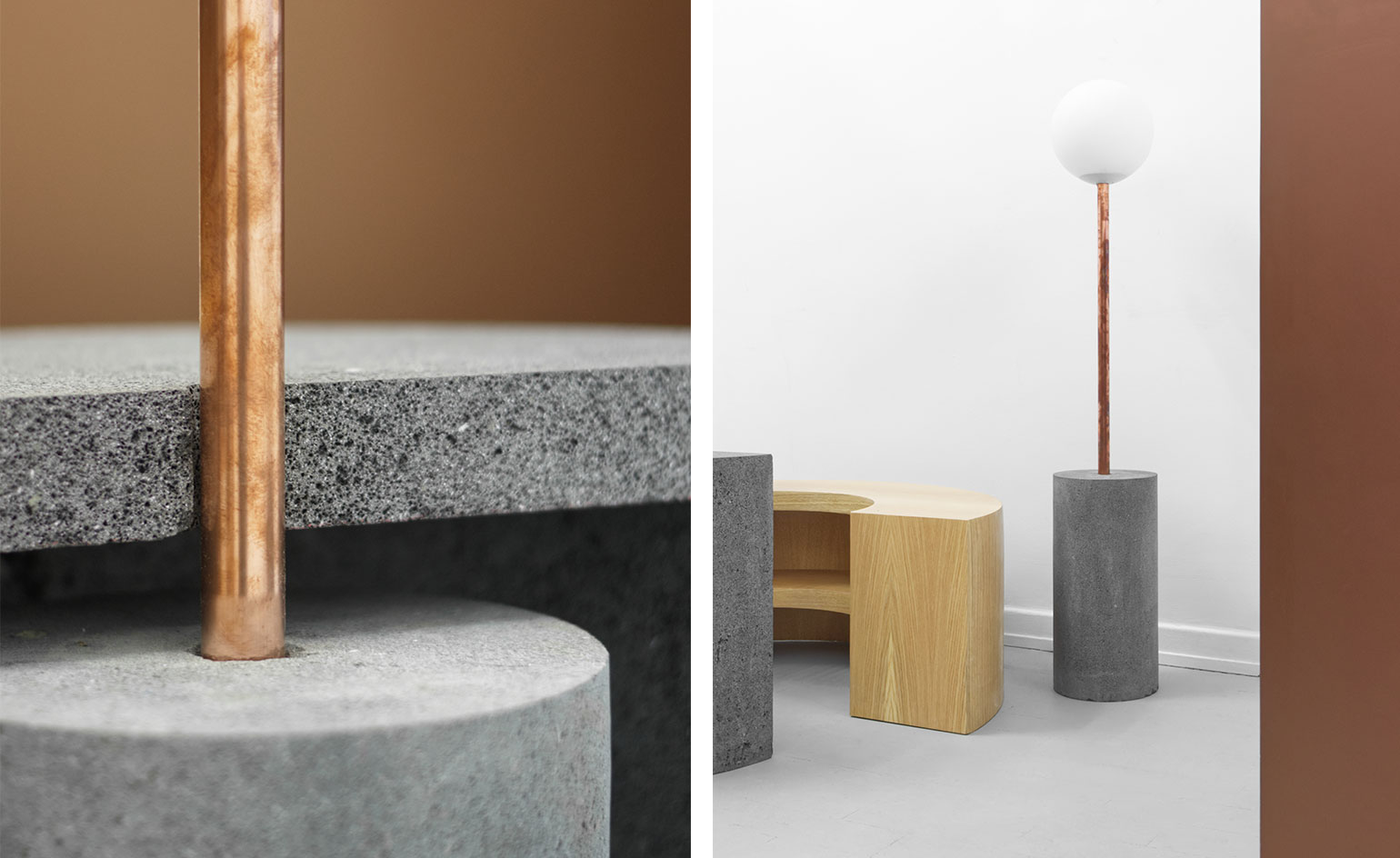 Tatiana Bilbao’s mobile library adapts to multiple environments
Tatiana Bilbao’s mobile library adapts to multiple environmentsThe Mexican creative swaps architecture for interior design in a new exhibition of multifunctional objects at Etage Projects in Copenhagen
By Paul Sephton
-
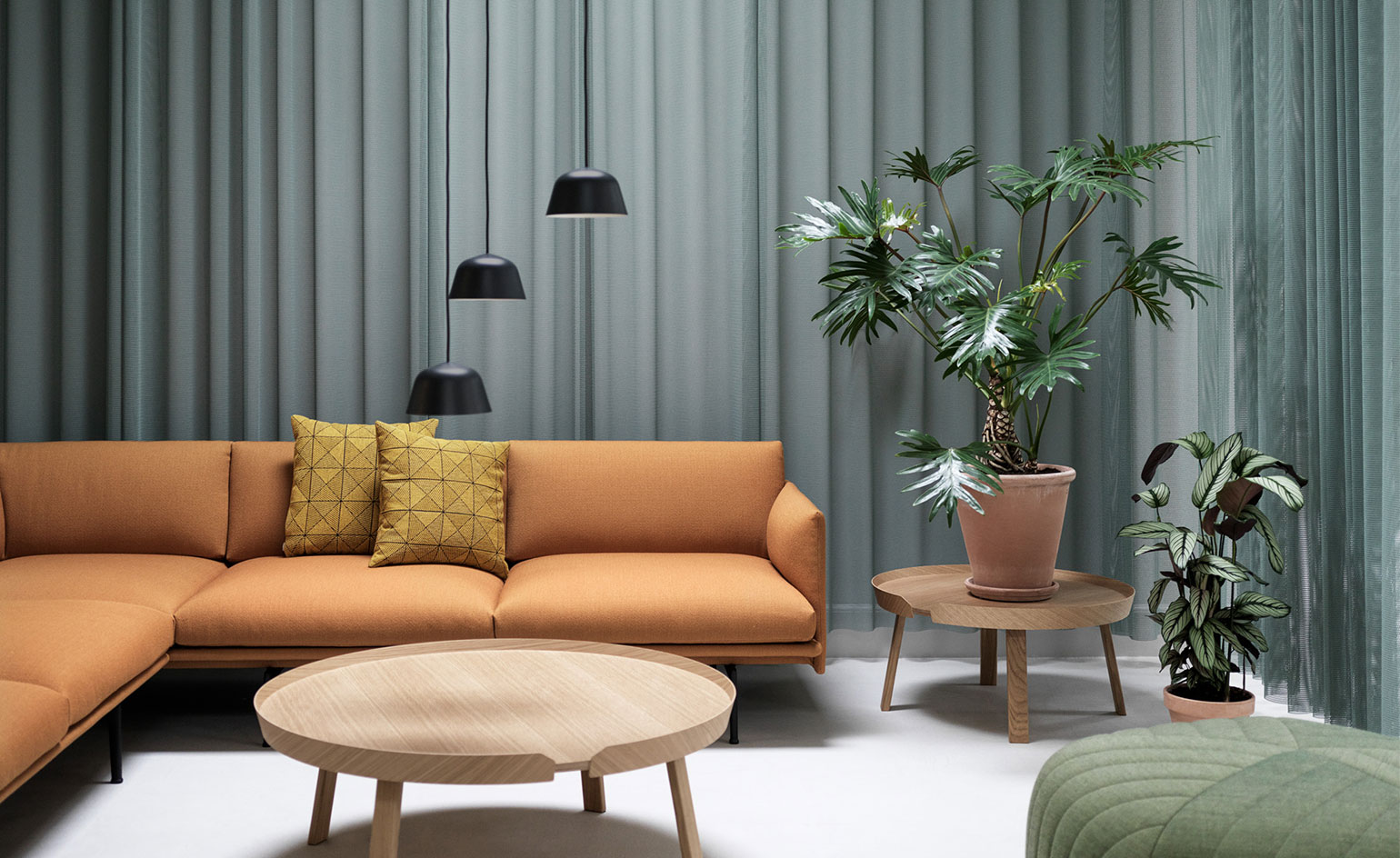 Danish design brands contemplate work-life balance
Danish design brands contemplate work-life balanceDenmark's annual design event, 3 Days of Design, focussed on slowing down fast living
By Sujata Burman
-
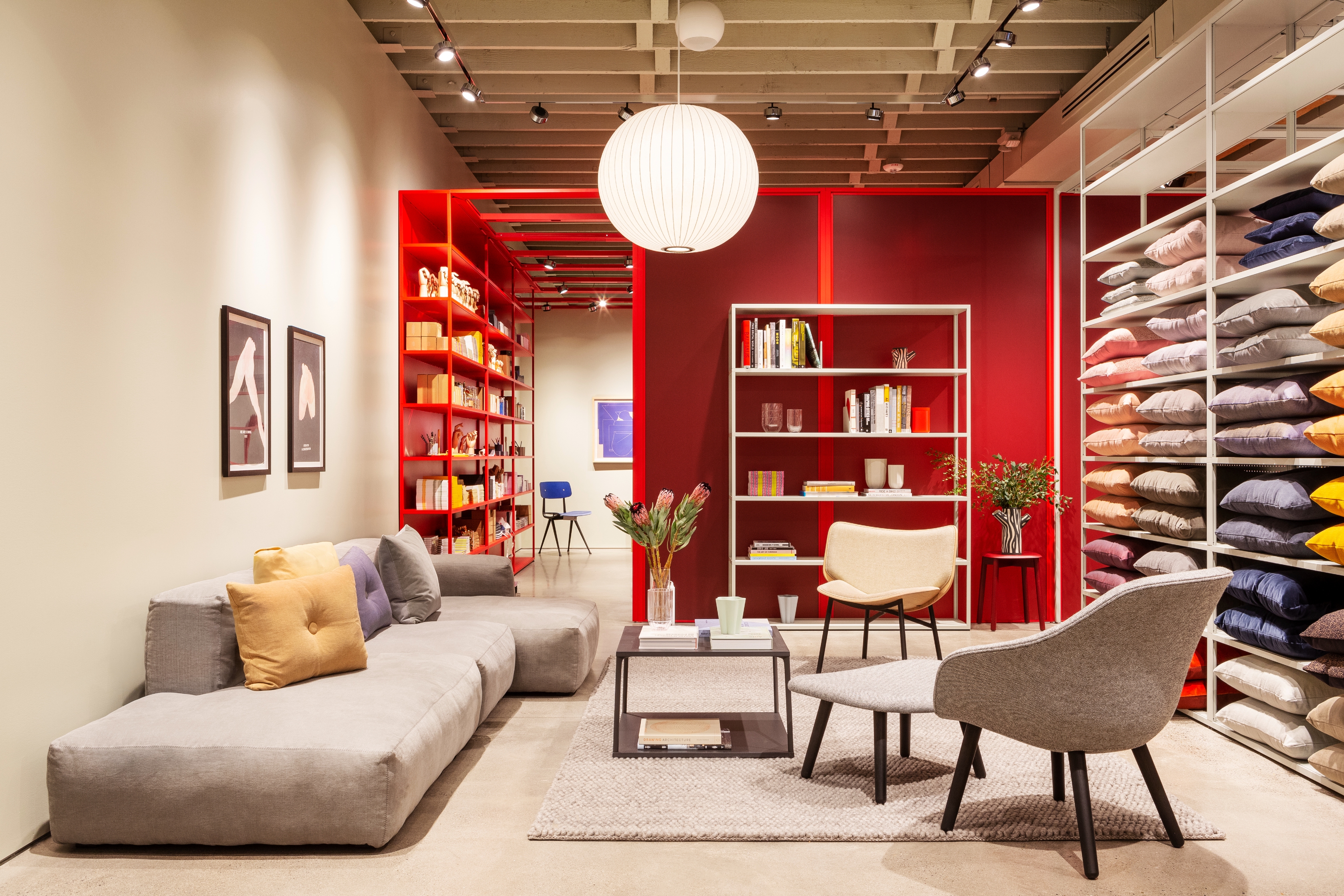 Hay brings a jolt of colour to Portland with first stateside showroom
Hay brings a jolt of colour to Portland with first stateside showroomBy Shoko Wanger
-
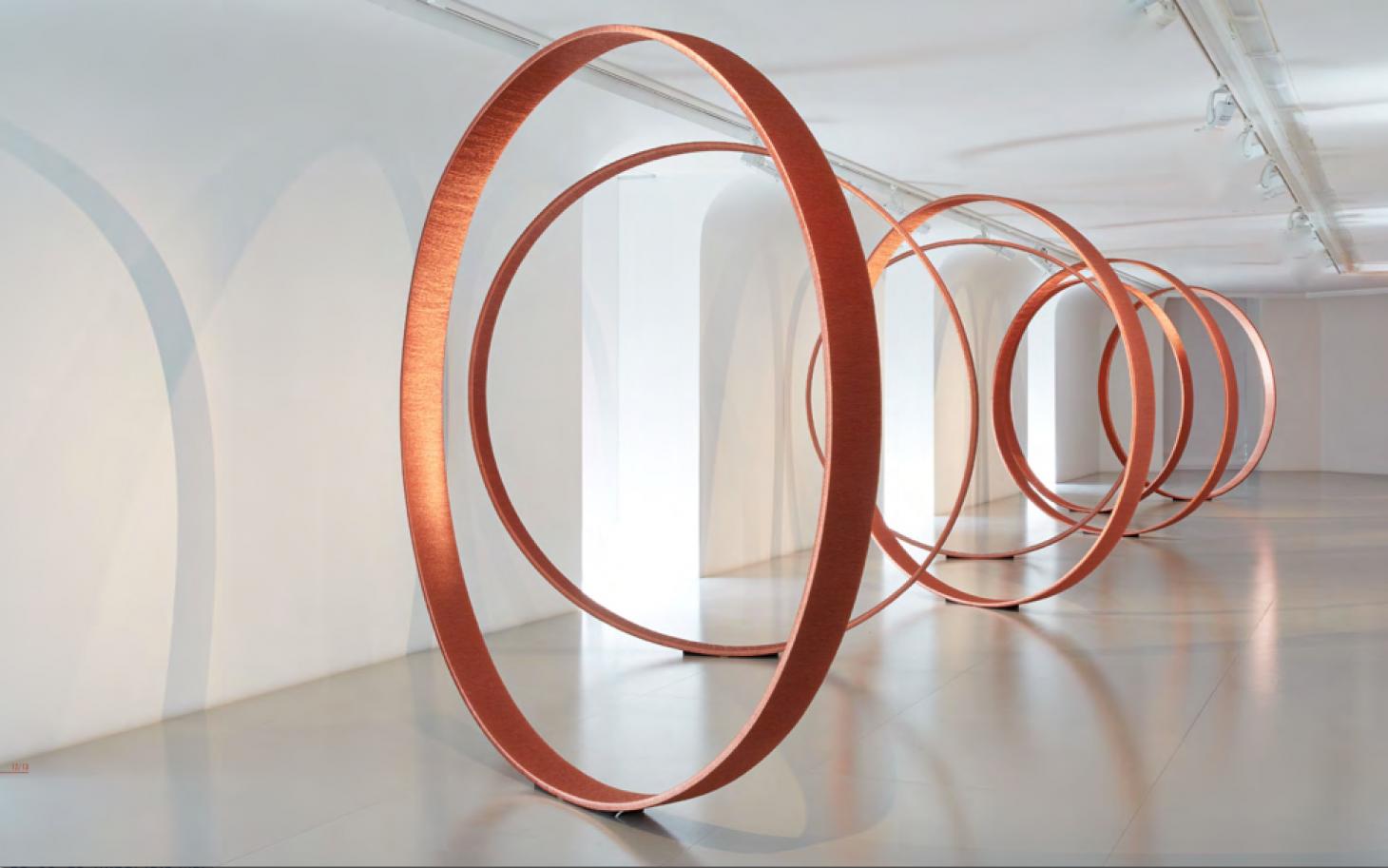 Chart Design 2018: the finest collectable design from the Nordic region and beyond
Chart Design 2018: the finest collectable design from the Nordic region and beyondBy Rosa Bertoli
-
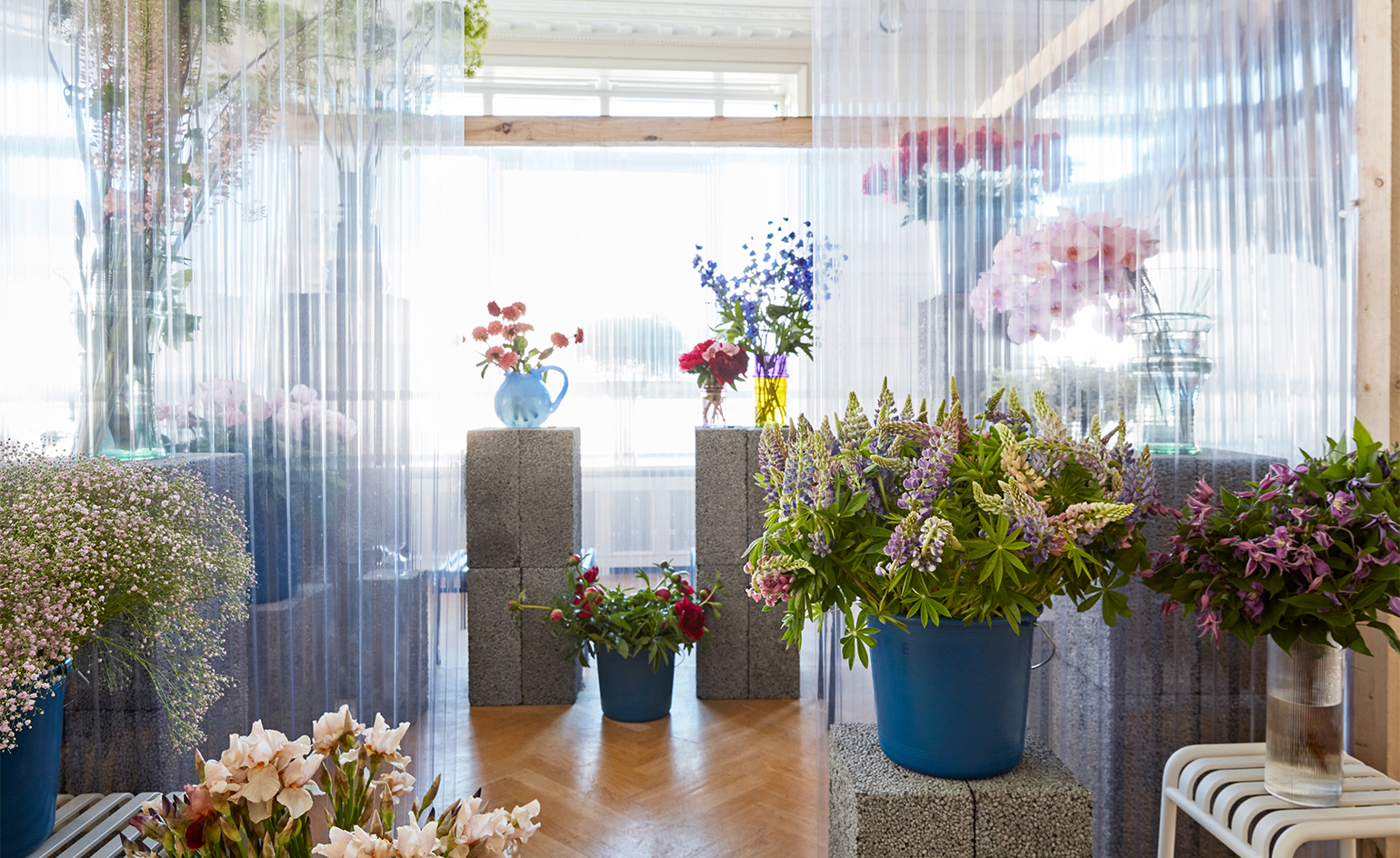 WallpaperSTORE* opens pop-up flower shop inside Hay Copenhagen
WallpaperSTORE* opens pop-up flower shop inside Hay CopenhagenBy Sujata Burman